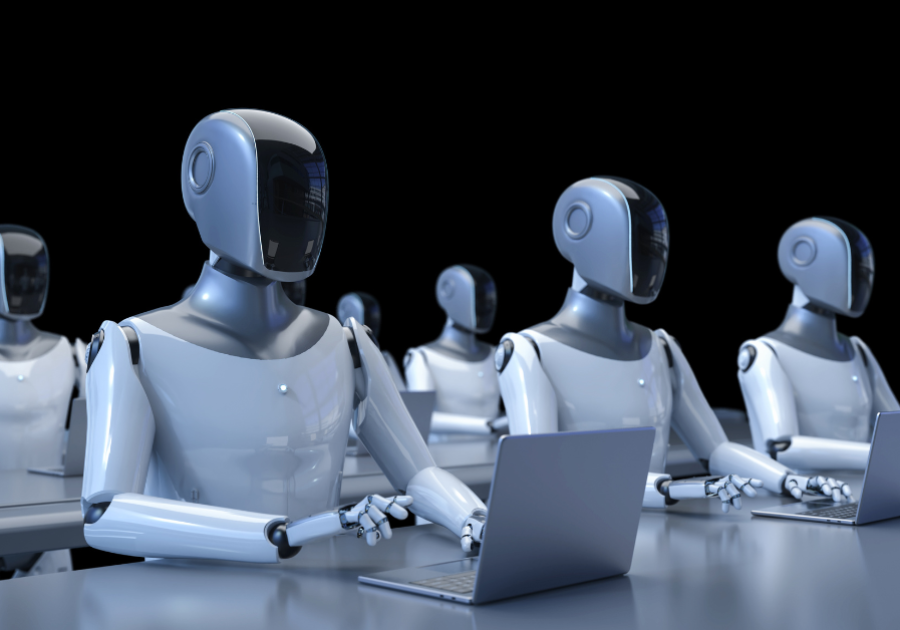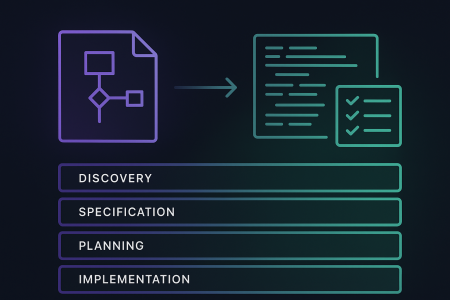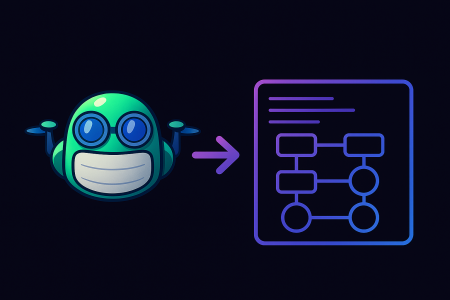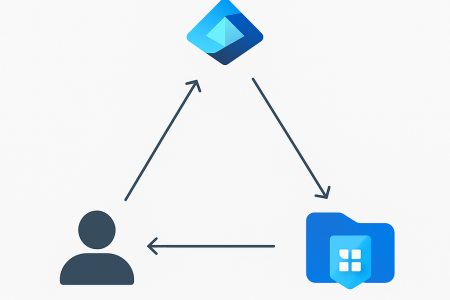Businesses are entering a new era of transformation, one not driven by digital interfaces but instead driven by autonomous agents capable of reasoning and taking actions.
Agent : An AI-powered system that can reason, plan, and act to complete tasks or entire workflows autonomously, with human oversight at key moments.
Microsoft Frontier Firm definition
In this post, we’ll unpack Agentic Transformation: what it is, how it compares to classic Digital Transformation, and what it takes to put it to work.
Table of Contents
We’re at an inflection point right now that feels oddly familiar, kind of like the early days of cloud and digital transformation. Back then, we re-platformed infrastructure. This time, we’re re-platforming decision making.
I like to think of this shift as Agentic Transformation. Where Digital Transformation meant wrapping manual processes in portals and APIs, Agentic Transformation means software can perceive what’s happening, choose what to do next, and coordinate with other agents across the organisation. Less “submit a ticket”, more “it’s already done, because it made sense.”
It moves from automation to autonomy that’s bounded, governed, and learning. And it pushes decision-making to the edge, where context lives.
Agentic Transformation: The shift from centrally scripted software to a collection of decision-making agents that understand context, take action within guardrails, learn from outcomes, and collaborate through goals.
The 3 Pillars of Agentic Transformation
To make this shift real, you need three ingredients:
Distributed Autonomy
Agents are embedded where the action is, inside workflows, teams, and devices, so they can make context aware calls on the fly.
Goal Oriented Orchestration
You can’t just unleash a group of agents and hope for the best. You need an orchestration layer that shares objectives, guardrails, and escalation paths so decisions still roll up to the intent.
Built-in Self-Improvement
Every interaction becomes learning material. Agents gets better over time. Not just faster, but smarter in new contexts.
Put these together and you get a system that doesn’t just do what it’s told, it adapts, optimises, and evolves.

Agentic Transformation vs Digital Transformation
This isn’t just a technical transition, it’s an organisational one. The difference shows up clearly in three places:
Area | Digital Transformation | Agentic Transformation | So what? |
Control | Dashboards, APIs, and centralised control | Decisions made by agents in context | Less friction, faster action |
Rhythm | Batch changes, sprints, releases | Agents improve in near real time | From quarterly change cycles to live evolution |
Human Role | Approve steps, push buttons | Set intent, tune policy, intervene when necessary | Focus humans where their judgment adds value |
This is the step change: from doing digital to becoming agentic. It’s not just about wiring things up, it’s about letting the system think for itself (within bounds), and evolving faster than a roadmap can keep up with.
Rise of the Agent Boss in the Agentic Enterprise
According to Microsoft’s Frontier Firm research, a new job title is emerging: the Agent Boss.
So what does an Agent Boss actually do? Simple, they aim their AI “colleagues” at the grunt work so humans can stay on the tough problems. Think of every agent as a digital teammate churning through the boring bits. An Agent Boss isn’t a next year thing, they’re already out there in the wild.
But Agent Boss isn’t just a fancy new job title for LinkedIn it’s a indicator of where an organisation is in their maturity of Agentic Transformation.
Agent Boss in the Frontier Firm
The Frontier Firm framework lays out the journey in three phases:
- Phase 1: Humans with assistant – Every employee has an AI assistant that helps them work better and faster.
- Phase 2: Human-agent teams- Agents join teams as “digital colleagues,” taking on specific tasks at human direction
- Phase 3: Human-led, agent-operated – Humans set direction and agents execute business processes and workflows, checking in as needed.

This shift isn’t just part of the idea of Agentic Transformation it is Agentic Transformation. While distributed autonomy pushes decision making to the edge, Agent Bosses supply the orchestration that keeps agents focused on the right outcomes, and built-in self-improvement loops make the whole network smarter every cycle.
Why Agentic Transformation Matters Now
Agentic Transformation is already here. Decisions are being made at the edge, and agent systems are shrinking reaction times to near real-time. The risk of waiting is the risk of being left behind, compounding an edge that may be impossible to claw back.
Ready To Begin Your Agentic Transformation Journey?
This post breaks down Agentic Transformation, setting it against classic Digital Transformation, and unpacks its three building blocks: distributed autonomy, goal-oriented orchestration, and built-in self-improvement. It then contrasts how those pillars shift control, rhythm, and the human role before grounding the theory in Microsoft’s Frontier Firm research and the rise of the “Agent Boss,” showing the shift is already happening.
So are ready to accelerate your Agentic Transformation? Reach out to our team of expert consultants to chat about where agents can add value to your organisation.







